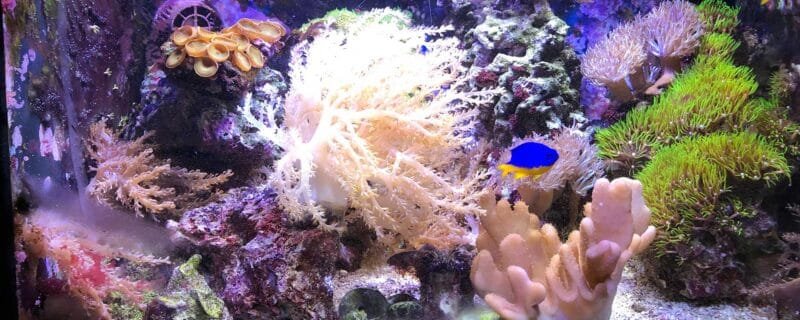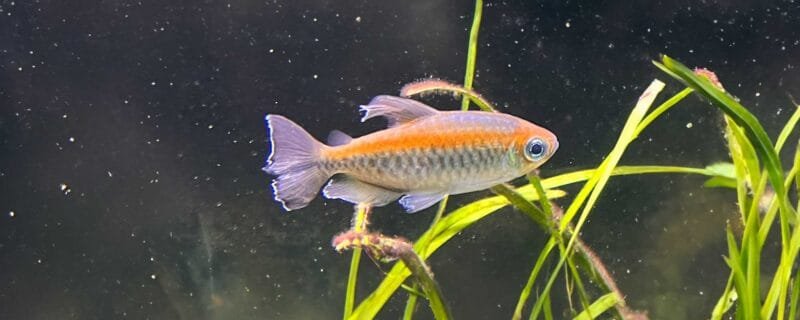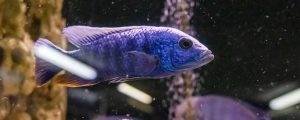Introduction
Coral reefs are breathtakingly beautiful ecosystems, often referred to as the rainforests of the sea. They provide a home for countless marine species and protect coastlines from erosion. However, these fragile ecosystems face threats from climate change, pollution, and overfishing. One way to contribute to the preservation of coral reefs is by fragging corals. In this guide, we will explore the ease of coral fragging, the equipment you need, precautions to take, and why fragging is beneficial for nature.
What is Coral Fragging?
Coral fragging, short for coral fragmentation, is a conservation technique used to propagate and grow new corals from a parent colony. It involves carefully breaking off a piece of a healthy coral colony and allowing it to grow independently. Fragging allows for the expansion of coral populations and the creation of more resilient reefs.
Equipment Needed
- Safety Gear: Before you begin, ensure you have gloves, protective eyewear, and a face mask. Coral tissues can be irritants, and safety should be a priority.
- Tools: You’ll need a few specialized tools, including coral cutters, bone cutters, or a saw. These tools will help you make clean and precise cuts.
- Frag Plugs or Discs: Frag plugs or discs are small platforms where you’ll attach the coral fragments. They can be made of ceramic, cement, or other suitable materials.
- Coral Glue: A quick-setting coral glue is essential for attaching the coral fragment to the frag plug.
- Water Container: Prepare a container with saltwater or seawater to temporarily house the fragments.
- Aquarium Setup: Have a separate aquarium or tank with appropriate lighting and water conditions ready to host your newly fragged corals.
The Fragging Process
- Select the Right Coral: Start with hardy corals like Montipora, Pocillopora, or Xenia, as they are relatively easy to frag and tend to recover well.
- Prepare Your Workspace: Ensure you have a clean, well-lit workspace with all your equipment ready.
- Cutting Technique: Carefully cut the coral fragment using your chosen tool. Make a clean cut, ensuring you include both live coral tissue and skeleton.
- Attach to Frag Plug: Apply a small amount of coral glue to the base of the fragment and affix it to the frag plug or disc.
- Place in the Aquarium: Gently place the newly fragged coral into the prepared aquarium with appropriate water conditions and lighting.
Precautions
- Sterilize Tools: Before and after fragging, sterilize your tools to prevent the spread of diseases.
- Avoid Stress: Handle corals gently to minimize stress. Rapid movements or excessive handling can harm them.
- Quarantine: Quarantine newly fragged corals to ensure they are disease-free before adding them to your main reef tank.
Why is Fragging Good for Nature?
- Biodiversity: Coral fragging helps increase coral populations, enhancing biodiversity on reefs.
- Resilience: Fragged corals often grow faster and are more resilient to environmental stressors, contributing to reef health and survival.
- Conservation: By propagating and sharing corals with other hobbyists and conservationists, you play a direct role in coral reef conservation efforts.
Conclusion
In conclusion, fragging corals is a rewarding and environmentally beneficial activity for marine enthusiasts. With the right equipment, precautions, and care, you can contribute to the preservation of these vital ecosystems while enjoying the beauty of corals in your own aquarium. Remember that responsible fragging is key to a successful and sustainable coral propagation journey.





